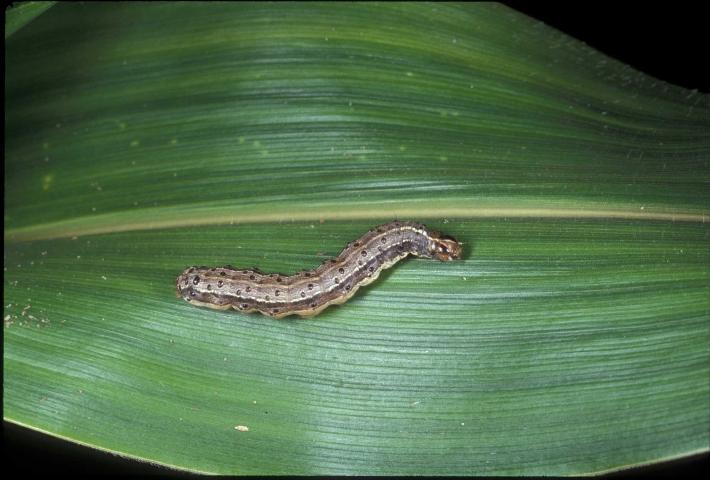
Credit: Jim Castner, UF/IFAS
By Clint Thompson
Scouting remains the main key for Florida sweet corn farmers in fending off fall armyworms this season.
Julien Beuzelin, a University of Florida (UF) Institute of Food and Agricultural Sciences (IFAS) entomologist, said appropriate management of fall armyworms starts with making sure you have a problem to begin with.
“For armyworms, scouting is very important because you do not want to waste insecticide applications. This is a pest that can be detected by scouting,” Beuzelin said.
“If it’s detected by scouting, then you have time to apply insecticides. This is especially true before you have ears. When you have ears, you need to be a little more aggressive because if you miss an infestation, you can potentially have an infestation that gets into the ears. Definitely before you have ears, scouting is very important. You would only apply insecticides if you see fall armyworm activity.”
Current Season
South Florida sweet corn season started with planting in late September or early October and will continue through March. Harvests of sweet corn is slated to start in a couple of weeks and will continue through late May or early June. Fall armyworms can be problematic but only for growers who don’t implement a pest management strategy.
“The fall armyworm in southern Florida is a devastating pest of sweet corn, but it’s not a pest management problem. If you don’t do anything with armyworms, I almost guarantee you’ll lose the crop,” Beuzelin said. “But we have very good insecticides, numerous modes of action that growers are relying on, and it’s working. Is it going to work in 10 years from now? Well, it’s my job that it still does.
“We have several modes of action that are available and are working.”
According to UF/IFAS, fall armyworms are the most destructive sweet corn pest in Florida. They can deposit up to 200 eggs in the plants. The newborn pests eat the outer leaves and then consume the inner leaves, silk and ear tips. This damages the kernels and cob.









